Long Bay Jail riot 1986: Heroism and bravery of elite squad finally recognised
With three prison officers held hostage in a cell, Dave “Emu” Farrell led 11 men – outnumbered 10 to one – into combat against prisoners rioting in Long Bay Jail’s 13 Wing – known as The Bronx. Thirty-four years later, their heroism has been recognised.
NSW
Don't miss out on the headlines from NSW. Followed categories will be added to My News.
- Wife-burning accused’s DNA sample ‘destroyed’
- ‘Disgraceful’: Hunt for knife-wielding loo roll bandits
- Accused murderers and offenders ‘use COVID-19 to get bail’
Dealing with the state’s toughest criminals was all in a day’s work for the hard men who made up the country’s elite prison riot officers.
Outnumbered 10 to one, their courage on the wild night of October 23, 1986 inside Long Bay Jail’s 13 Wing – known as The Bronx – has gone down in prison infamy.
With three prison officers in mortal danger captured in a third-floor cell, Dave “Emu” Farrell led the 11-strong team of the Malabar Emergency Unit into what was one of the worst prison riots in Australia’s history.
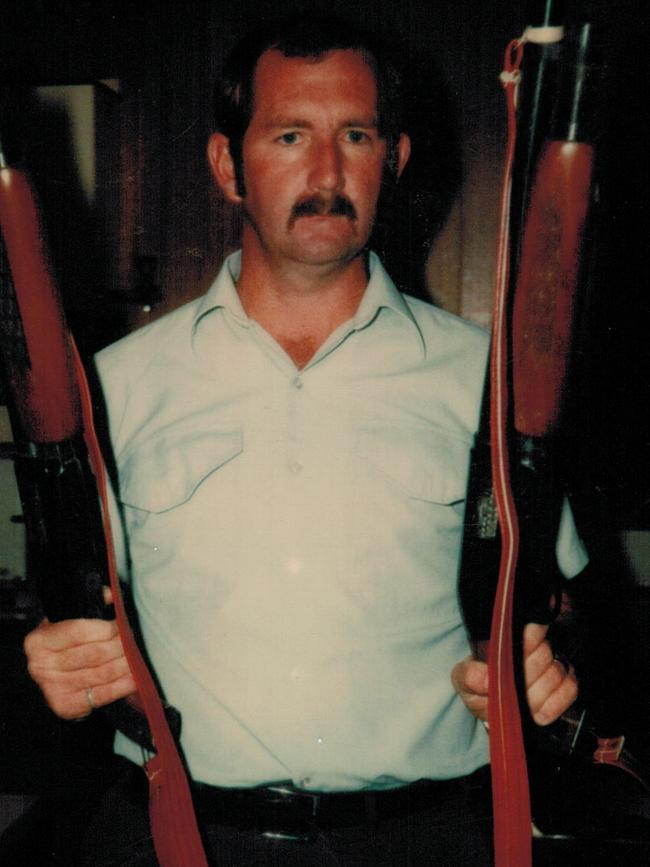
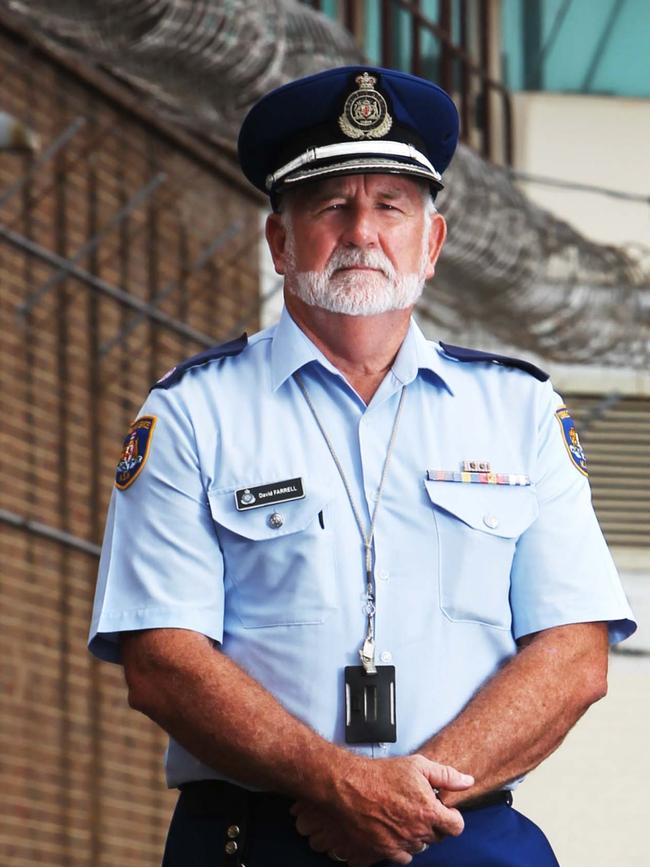
It has taken 34 years but their heroism has finally been recognised with a citation for Group Bravery in the Australian Bravery Awards today as Mr Farrell said he was proud of all of his men from that night.
“I said if we don’t go in now, those officers are going to have their throats cut or be sodomised,” Mr Farrell, now 68, and retired said on Monday.
“The prisoners were wrecking the place.
“I remember the prison governor Paddles Molloy was a massive smoker. He lit a cigarette and drew it down in one draw. He blew the smoke out and said ‘Go’.”
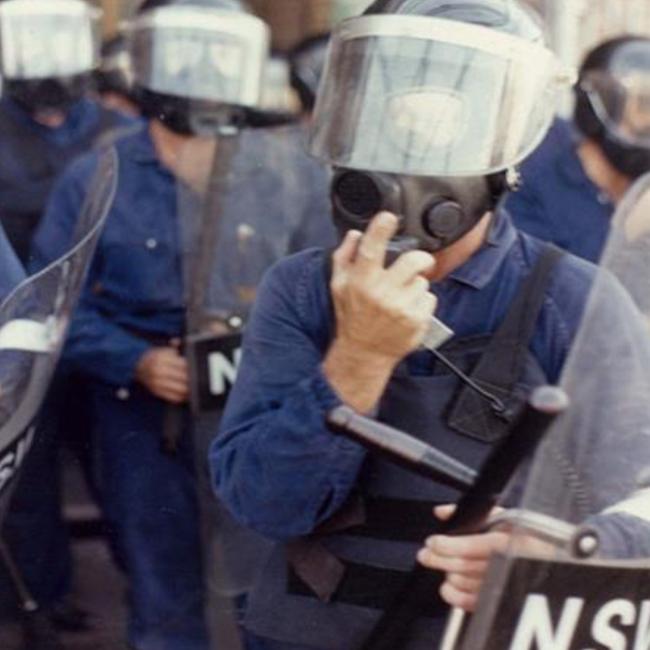
Locked in cell 223 on the third floor of maximum-security 13 Wing at the Metropolitan Remand Centre were young prisons officers Domenic Pezzano, then 23, Bob Menzies and rookie Ken Newbery, who had been on the job just six weeks.
They had been surprised by prisoners armed with wooden mallets and iron bars as beds and furniture was ripped apart.
The trio used the cell’s intercom system to call for help. It was about 9pm when the gatehouse got their call.
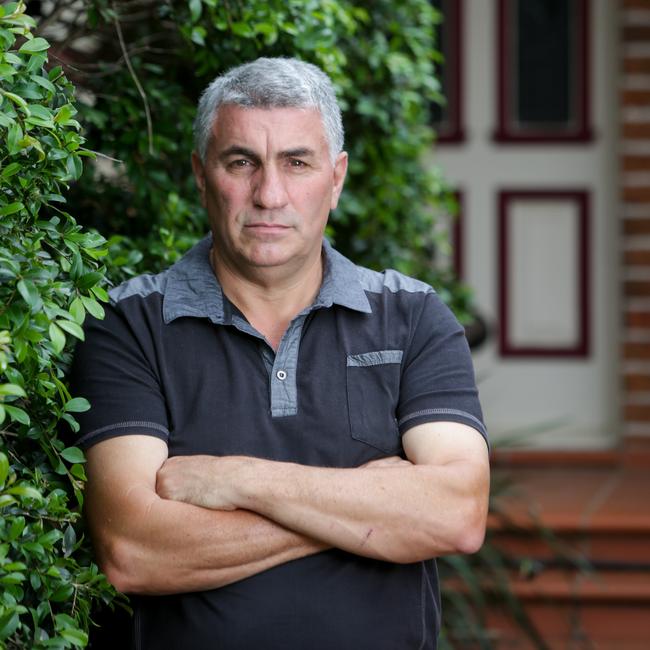
The MEU was the country’s top specialist riot unit, a group of highly-trained men on call 24/7. Farrell and his team raced towards the Metropolitan Remand Centre, pulling on ballistic vests and gas masks and carrying riot shields. He led the first group of four, including David Golledge, through the entrance.
“All you could hear in your gas mask was the sound of your heart pumping,” Mr Golledge, 62, said.
As they fought their way up the metal stairs and through a barricade made of bed springs wrapped in blankets and other furniture, fires had been lit in the wing which was in semi-darkness.
Prisoners poured boiling water from buckets, jugs and cups down on them.
Margarine had been smeared on the floor and the prisoners attacked the officers with wooden poles.
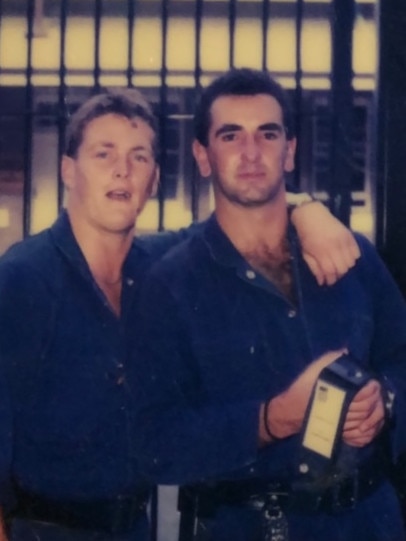
In Cell 223, Ms Pezzano described the sound as like a football match, it was so loud.
“We barricaded ourselves in the cell in case they came and split us up. Then we worried they would set a fire and we would be burned alive in there,” he said.
“We heard the tear gas being fired outside. We tried to act professionally and keep our cool but we were fearing the worst.”
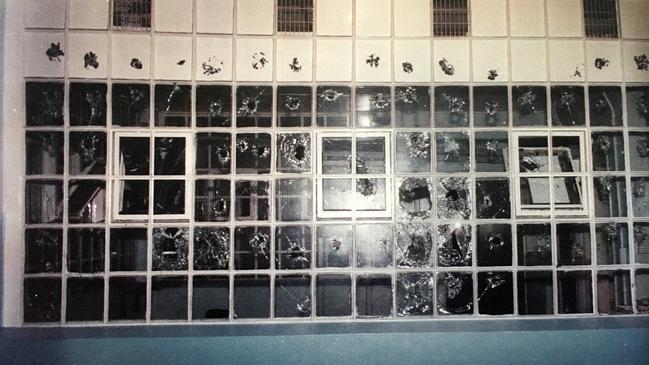
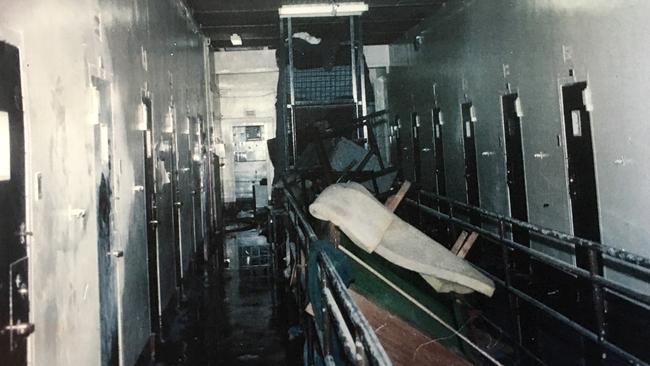
The riot was sparked by power struggle between inmates as convicted killer and prison snitch Lee Owen Henderson wanted to prove he was tougher than the rest including the Commanchero bikies then on remand for their roles in the 1984 Milperra massacre.
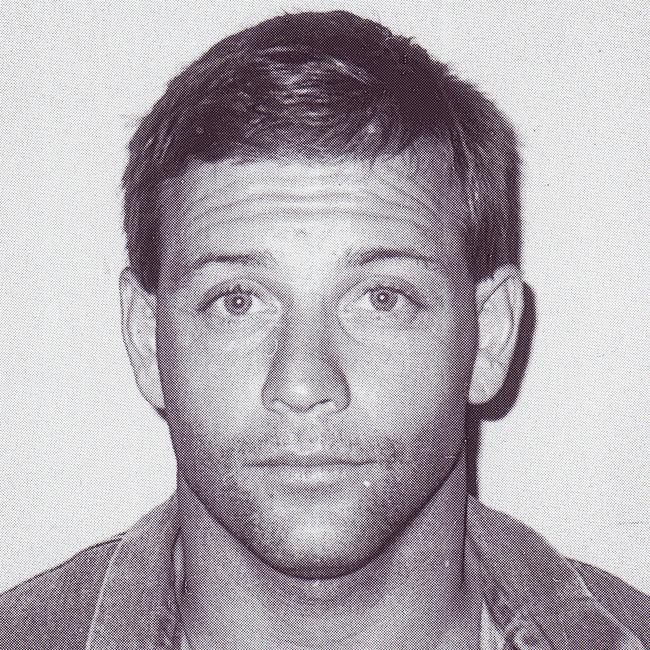
As the MEU pushed their way in, some of the 120 inmates went back to their cells. The rest fought.
“It was a pretty dangerous world we were in, it was hand combat,” fellow retired MEU member Bill Dodson, 61, who was also a member of the Hostage Response Group, said.
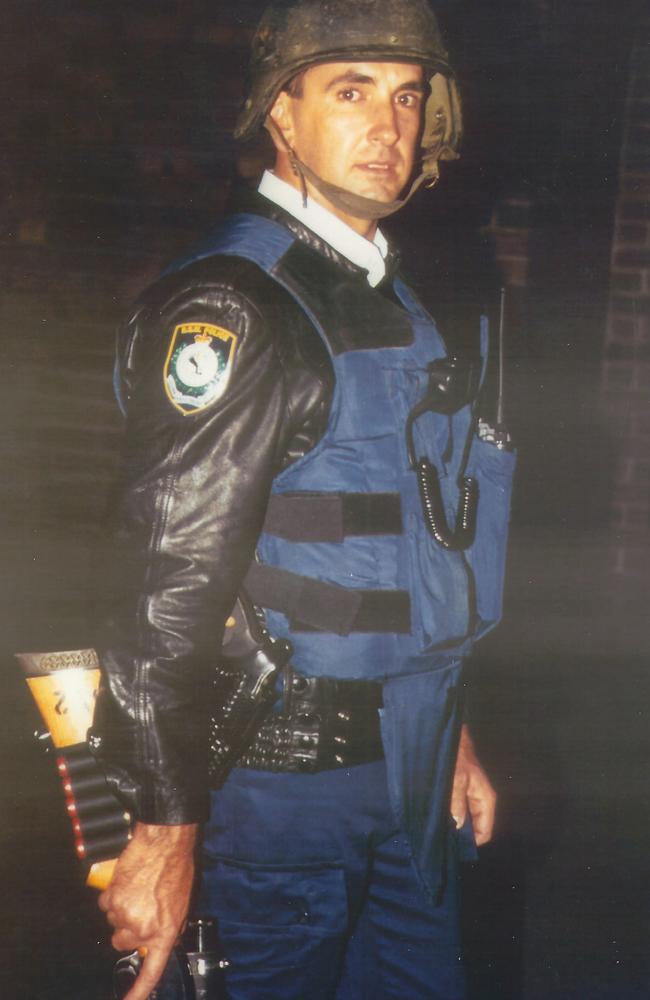
They rescued the three prison officers and amazingly no-one was killed or badly hurt.
“These days there would time off and trauma counselling. We were back at work the next day,” Mr Golledge, just 28 at the time, said.
“You are talking about young guys going in to a situation with some of the most violent criminals on the east coast of Australia.
“I’m very proud to have been involved. We would have followed Emu Farrell anywhere. He was the best boss. He was strong, not only physically but mentally and he stood by his men.”
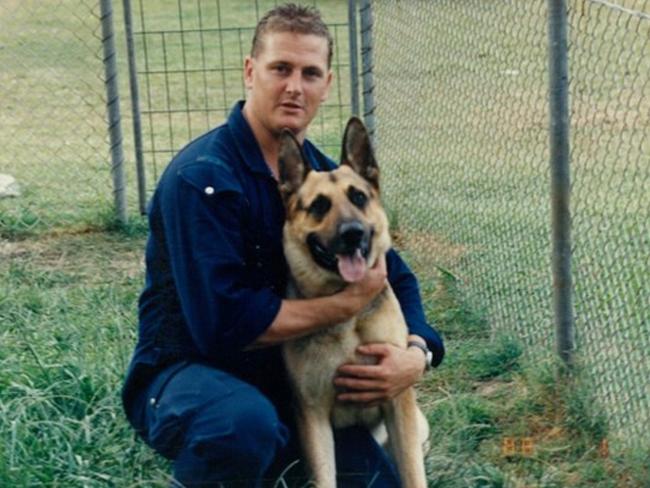
Eleven bravery citations are being handed out for Mr Farrell, Mr Golledge, Mr Dodson, Wayne Carmody, Alan Clarke, Anthony D’Silva, Garry Lockhart, Ken Newbery and Domenic Pezzano. Some of the men declined. Two are being awarded posthumously, the late Mark Russo and Stephen Wright.
Mr Wright’s son, Steve Wright, 30, said his dad never brought his work home with him so to hear what had happened on that night was incredible.
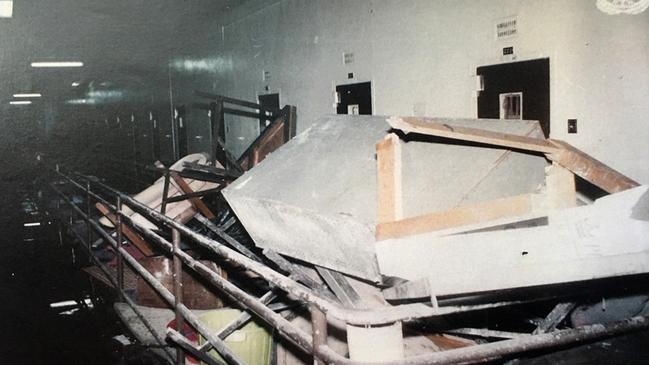
They are among the 83 Australian Bravery Awards announced on Tuesday by the Governor-general David Hurley.
“As we face the huge challenge of the COVID-19 pandemic, it is important to set aside time to celebrate these individuals and take inspiration from the example of selflessness that they set,” the Governor-General said.
They include members of the public and police officers who rescued people from drowning, attacks, burning vehicles and homes and other hazardous situations.
Originally published as Long Bay Jail riot 1986: Heroism and bravery of elite squad finally recognised
